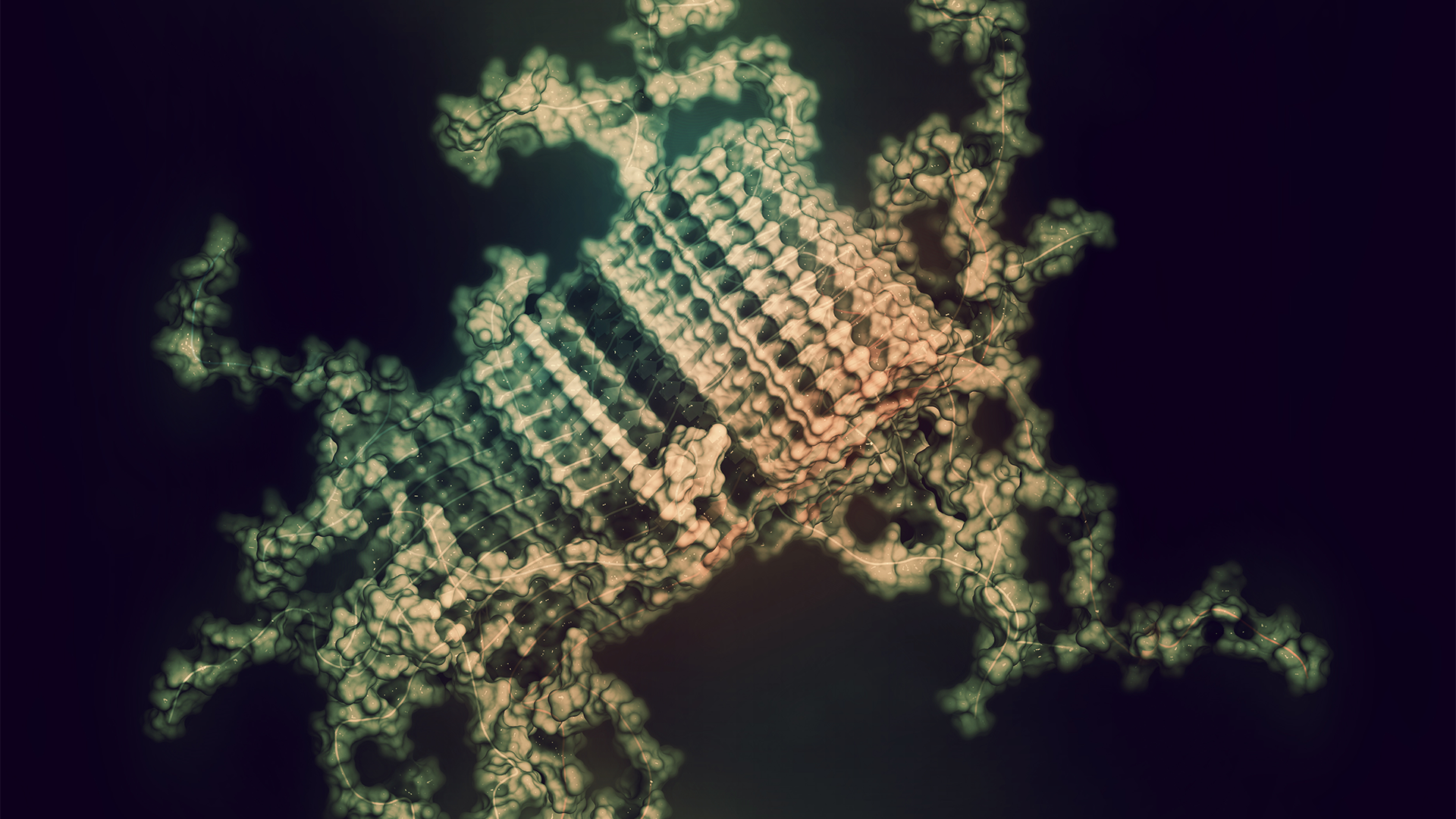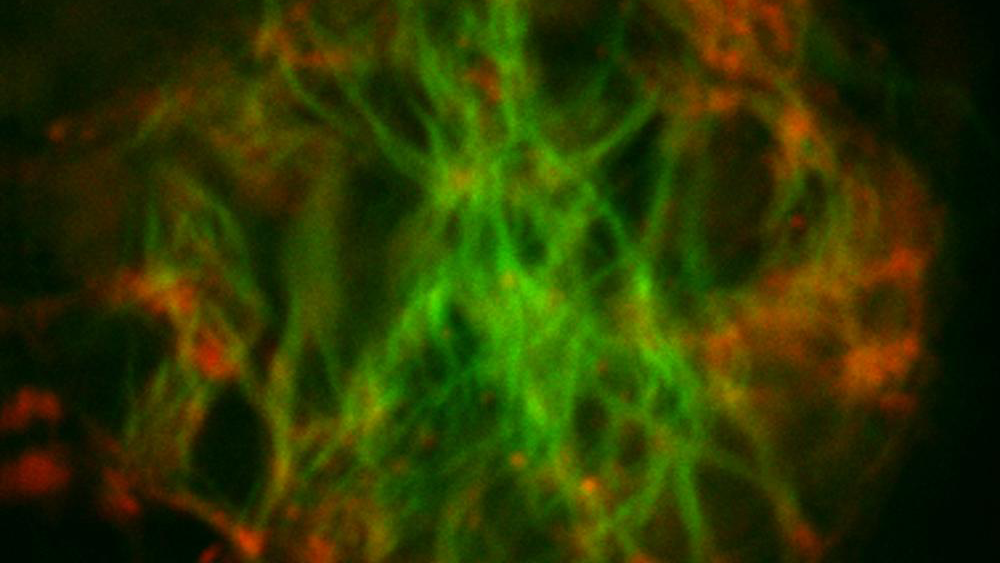Protein Biophysics

Proteins are the most complex and versatile molecules that we know. All essential functions of living systems rely at least in part on the actions of proteins. In most cases, proteins are required to be soluble, in order to be functional. However, in some cases, proteins and peptides are observed to aggregate into insoluble structures, that can be ordered or amorphous. Amyloid fibrils are highly ordered polymeric protein aggregates, and are found in the context of a range of diseases, such as Alzheimer's and Parkinson's diseases. It has been proposed that the aggregated state represents the thermodynamically most favourable state of any protein. However, it is not known why that is the case, and how proteins achieve to remain soluble in most cases.
In our research, we apply protein engineering in combination with a wide range of biophysical tools, such as calorimetry, biosensing, fluorescence spectroscopy, AFM and microfluidics for the study of the kinetics and thermodynamics of amyloid formation in order to answer these questions.
Amyloid fibrils of the intrinsically disordered protein α-synuclein are the main component of Lewy bodies, intra-neuronal inclusions that characterise the pathology of Parkinson's disease. We aim to understand the mechanism of transformation of α-synuclein from its disordered monomeric state in solution into the highly ordered, β-sheet rich amyloid state.
Peptide and protein aggregates are not only associated with disease, they also have remarkable mechanical, structural and functional properties. Nature exploits these properties in the case of functional amyloid fibrils, for example for bacterial or fungal adhesion and melanin biosynthesis.
We aim to:
Understand and control the self-assembly of peptides and proteins, which are not linked to disease, into interesting and useful materials. Our approach is hereby systematic: we want to understand the assembly mechanisms in order to be able to rationally chose the conditions for the assembly of the materials. In this context, we are also interested in how peptide and protein structures interface with other materials, such as polymeric or inorganic materials.


